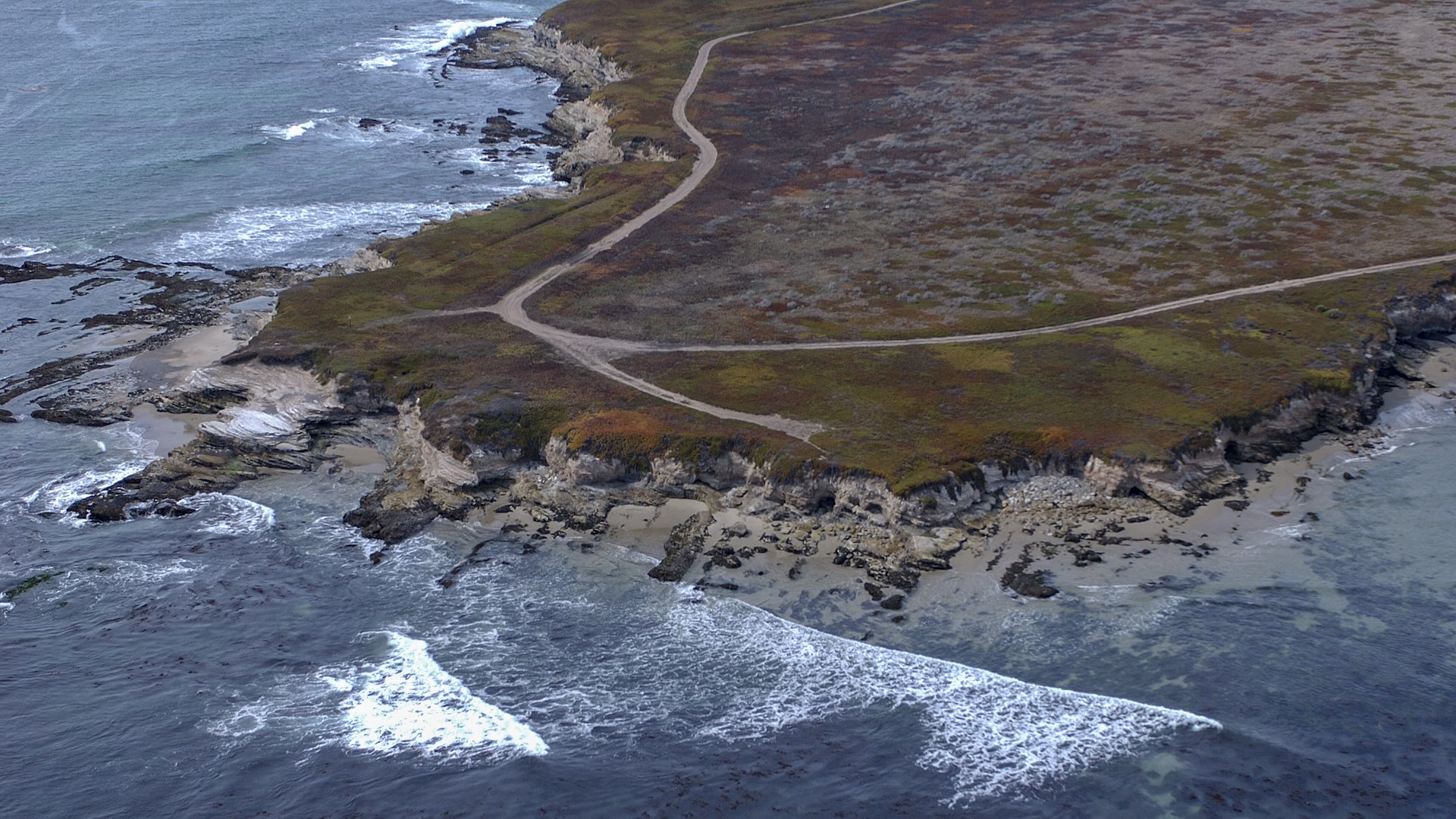A vast, 4,500-square-mile expanse of the central coastline of California has made history as the first-ever marine sanctuary in the U.S. managed by a Native American tribe.
The Chumash Heritage National Marine Sanctuary has been 10 years in the making, with the Northern Chumash Tribal Council nominating the coastline with the National Oceanic and Atmospheric Administration in 2015 and momentum building last year. Waters and land that have been part of the Chumash culture for 20,000 years will now be largely protected from developments like oil rigs.
According to a statement from the president of the National Marine Sanctuary Foundation, Joel R. Johnson, the purpose of the sanctuary will be to advance "marine biodiversity, ocean justice, and equity by protecting ancestral waters and upholding the Central Coast Tribes' traditional knowledge and ways of stewarding cultural and marine resources."
Recognition of the sanctuary follows a trend under the Biden administration, which approved the move in October, to give tribes decision-making power over lands that once belonged to them.
Giving back lands to Indigenous peoples has been recognized as a highly effective way of combating climate change. Tribes across the world have been responsible for safeguarding 80% of the planet's biodiversity despite only making up 15% of the global population. In the Chumash Sanctuary, preserving biodiversity includes the threatened southern sea otter, among other vulnerable species.
The sanctuary conserves biodiversity and provides space for wind turbine infrastructure, which is necessary to meet California's goal of reaching 100% of electricity from clean energy sources by 2045. More natural land and renewable energy sources could partially alleviate the climate crisis.
Erin Lieberman, vice president of environmental compliance and strategy at Invenergy — one of the companies to develop turbines in the area — told OPB.org: "We have a commitment to ensuring that infrastructure advances with consideration of the natural environment and species of concern and sensitive natural resources. How we incorporate that into our project placement and our project design is a priority."
Violet Sage Walker, chair of the Northern Chumash Tribal Council, told The Hill last month that her community is "as passionate today about protecting our coastline and taking care of our animals and plants as it's ever been."
The tribe said it is ready to take on the responsibility of preserving the land that once belonged to it. Walker, chairwoman of the Northern Chumash Tribal Council, explained that it's all her late father ever wanted.
🗣️ Do you think America does a good job of protecting its natural beauty?
🔘 Definitely 👍
🔘 Only in some areas ☝️
🔘 No way 👎
🔘 I'm not sure 🤷
🗳️ Click your choice to see results and speak your mind
She told OPB.org of her memory: "One of the last conversations we had in the hospital before he passed away, [was that] the sanctuary was one of the most important things he did and that he wanted me to finish it."
Join our free newsletter for good news and useful tips, and don't miss this cool list of easy ways to help yourself while helping the planet.









